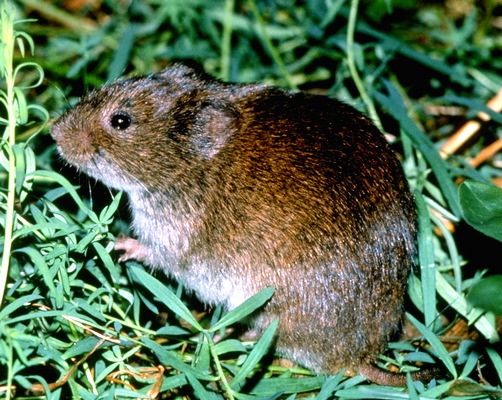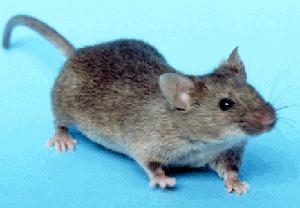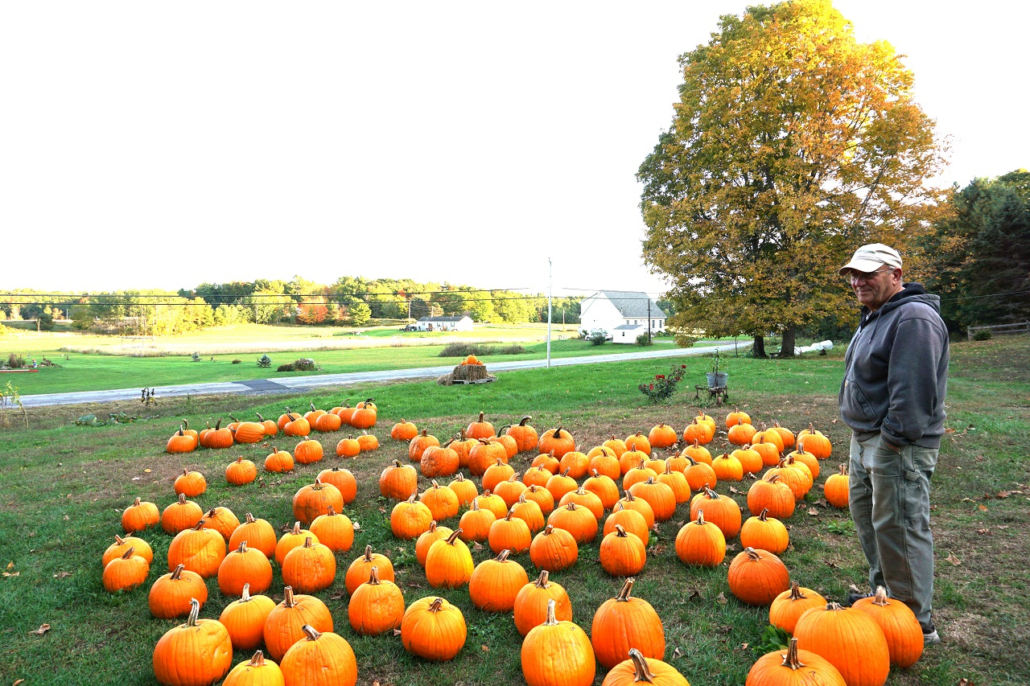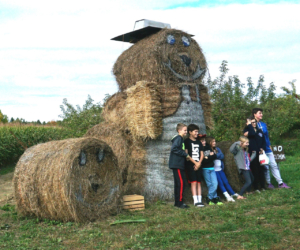
The common meadow vole.
We’ve covered this subject before, but I think it’s worth another go-round.
Earlier this year we talked about the rather large number of squirrels running around our countryside – even city-side – and the many we find dead along our roads. Well, I want to know how come there is now a proliferation of mice. Last year, I trapped 13 mice in my camp in the month of September alone. That pales in numbers compared to this year. In the month of September – 17 mice trapped in camp. And we’re still counting. Camp is closed for the winter, but I check in periodically to find if I have trapped any more. Incidentally, my neighbors are experiencing the same problem.
Over the 30 years my wife and I have had our camp, we had only sporadic sightings of mice inside the building. The last two years have seen a population explosion.
A small mammal, although a wild animal, the meadow vole, Microtus pennsylvanicus, sometimes called a field mouse, is active year round.
A lot of people confuse the field mouse with house mice. They are a little different. A house mouse in uniformly brown-gray, right down to the tail. They typically have small hands and feet with big eyes and ears. And if you have a house mouse, you will know it because of their strong smell.

Common field mouse.
The meadow vole has sandy brown fur and a white to gray belly. A cautious mouse which always sniffs anything unfamiliar before approaching, this mouse does not have a very strong smell. Which, obviously, is why I didn’t know we had mice in the house. There was no odor. The mice I have been catching also have white bellies.
The meadow vole has the widest distribution of any North American species. It ranges from Labrador west to Alaska and south from Labrador and New Brunswick to South Carolina all the way west to Wyoming. They are also found in Washington, Idaho and Utah.
Meadow voles have to eat frequently, and their active periods are associated with food digestion. They have no clear 24-hour rhythm in many areas.
Contrary to what you see in the cartoons, mice do not like cheese. They actually like to eat fruits, seeds and grains. They are omnivorous, which means they eat both plants and meat. The common house mouse will eat just about anything it can find. In fact, if food is scarce, they will eat each other. (I bait my traps with peanut butter – works every time!) They have voracious appetites, and usually build their nests near places that have readily accessible food sources.
Male mice are usually ready to mate after six to eight weeks. One captive female produced 17 litters in one year for a total of 83 young – no wonder the population is escalating. One of her young produced 13 litters (totaling 78 young) before she was a year old.
The house mouse, Mus musculus, originally came from Asia, colonizing in new continents with the movement of people. Either of the three species can transmit diseases, though not on the same scale as rats.

Common house mouse
The house mouse lives more comfortably with humans, while field mice, Apodemus sylvaticus, prefer to live underground, although they will, from time to time, enter buildings.
The house mouse and field mouse are nocturnal and are active only at night, while meadow voles have no time schedule. My little intruders are active only after dark, especially in the early morning hours.
They also have strange names. Females are does, males are bucks and babies are called pinkies. In the wild, the life span of mice is usually one to two-and-a-half years.
If a female lives 2-1/2 years, and can produce up to 17 litters a year (up to 83 pinkies), that comes up to a lot of little mice, which will grow to be adult mice, roaming around out there. The numbers seem to be climbing.
I know they are looking for warm and dry shelter for the winter, and ready supply of food, but they are not welcome in my world.
MOOSE UPDATE
According to Lee Kantar, state moose biologist for the Maine Department of Inland Fisheries and Wildlife, Aroostook County remains a stronghold for moose in Maine. This September moose hunting season has been off to a great start with cold morning and all. “We currently are heading into the sixth year of our moose research study on adult cow and calf survival,” he said. “While winter tick has become a large focus of our work and the news, the reality is that the winter tick attacks smaller moose which is primarily overwintering ‘calves’ trying to make it through their first winter. Adult winter ticks feed on moose from mid-winter to early spring and can be a physiological tax on those moose that carry heavy tick loads. Again our survival study shows that the biggest impact by winter ticks has been on overwintering calves in our western study area. Overwintering calves in our northern study area have double the survival rates. Adult cows in both our western and northern study areas continue to have high annual survival rates.”
Roland’s trivia question of the week:
What was the Houston Astros nickname in 1962, 1963, and 1964? – (Thank you Michael.)
Answer can be found here.









 Smart and Delicious Choices
Smart and Delicious Choices




 For years we had paper bags and then …. We moved into plastic bags to save trees (and there has been the collateral damage of the woodsmen and paper mills). Other than some bags made of fabric most of the ones I see seem to have some form of plastic woven in. The plastic bags and products are killing off water creatures, big and small. I am not making light of pollution in any way, just our ‘over use’ society. (Did you ever notice in the grocery stores how just one or two items sometimes have their own bags?)
For years we had paper bags and then …. We moved into plastic bags to save trees (and there has been the collateral damage of the woodsmen and paper mills). Other than some bags made of fabric most of the ones I see seem to have some form of plastic woven in. The plastic bags and products are killing off water creatures, big and small. I am not making light of pollution in any way, just our ‘over use’ society. (Did you ever notice in the grocery stores how just one or two items sometimes have their own bags?) Nine-year-old Briannah is patiently waiting for the news that she has a Big Sister. She’s anxious to talk with her new friend about her interest in geology, maybe find unique rocks together in the Skowhegan community where she lives, and is especially excited to share her love for animals. Her mom, a single parent, hopes a one-to-one relationship with a female role model will give her daughter self-confidence, raise her aspirations and set her on the path to success.
Nine-year-old Briannah is patiently waiting for the news that she has a Big Sister. She’s anxious to talk with her new friend about her interest in geology, maybe find unique rocks together in the Skowhegan community where she lives, and is especially excited to share her love for animals. Her mom, a single parent, hopes a one-to-one relationship with a female role model will give her daughter self-confidence, raise her aspirations and set her on the path to success.